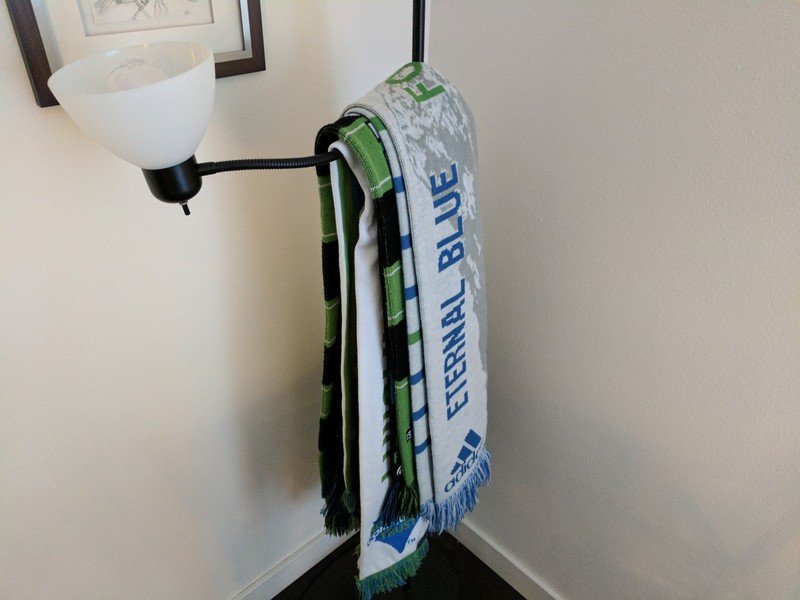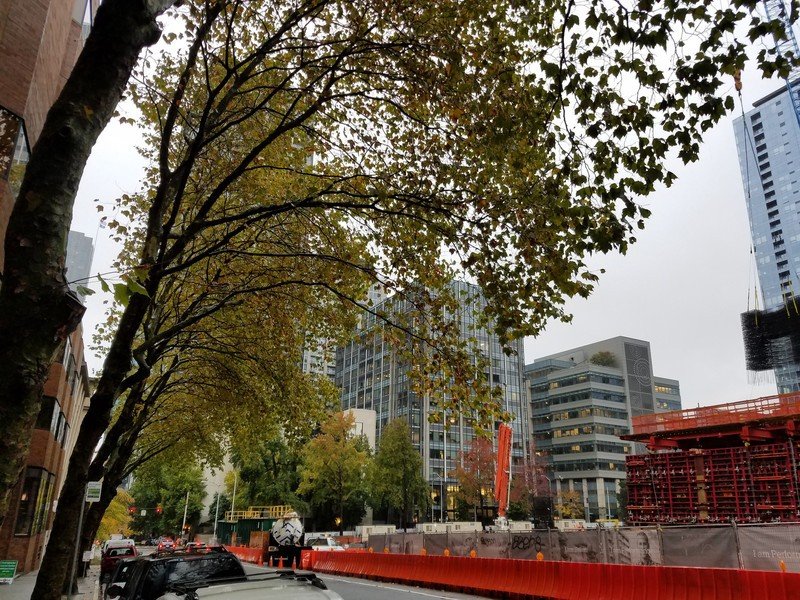Camera comparison: Google Pixel XL vs. Galaxy S7 edge

Though Google's new Pixel phones have seriously impressive imaging that put its previous Nexus phones to shame, we have to remember that before they arrived it was well-observed that Samsung led the pack with the camera on the Galaxy S7 edge (and of course Galaxy S7 and Note 7).
Now that we've had a Pixel for a little while, it was only natural to compare it head-to-head with the camera that is leading the pack among all Android phones. Here's how the camera experience on the Pixel XL and Galaxy S7 edge compare.
Performance and interface


Pixel XL (left) / Galaxy S7 edge (right)
Before you even get to looking at photo quality, it's important to have a camera that can open quickly, perform well and have an intuitive camera interface. Both phones have the speed part down, with a double press of the power button (Pixel XL) or home button (Galaxy S7 edge) taking you to the camera in about a second. Shot-to-shot performance is on par between the two, and extremely fast — even when shooting in HDR or taking burst shots. This is how every phone should perform.
Both UIs get the job done, but Samsung offers many more options.
Google's camera interface is still pretty simple. To many people that means it's lacking features, but it definitely hits on the points most people need. You can use tap to focus and now adjust exposure with a slide, as well as toggle on grid lines, switch between HDR modes and swap to the front camera with a double flick of your wrist. Google's implementation of switching to lens bur, slow-mo and panorama modes is super simple as well — I don't have any complaints there.
Samsung's main camera interface is just as simple as Google's, but wins hands-down when it comes to the ability to tweak your shots, offering a full Pro mode with complete manual control over the camera. That's a big differentiator for some who want to make changes to very specific parts of the camera or perhaps mount the phone to a tripod for interesting shots. Samsung also has a larger array of shooting modes available by default, with even more waiting to be downloaded — but nearly everyone will stick with the main modes in either camera.
Camera quality
Now let's look at the output. As I do with all of my camera comparisons, I keep things smple to help reflect how the cameras perform in the hands of the average user. I kept both the Pixel XL and Galaxy S7 edge with their respective "auto" HDR settings turned on — then I took out one, snapped a photo, took out the other, snapped a photo. No tripods or lighting or burst mode or editing; just the direct output from the camera as it shot it.
Be an expert in 5 minutes
Get the latest news from Android Central, your trusted companion in the world of Android
You'll also notice a variety of situations in the samples below; indoors, outdoors, dark, light, the whole spectrum. Here are my results, set side-by-side.


Pixel XL (left) / Galaxy S7 edge (right) — click images to view larger
















In general, the Galaxy S7 edge still tends to take warmer and more saturated photos, which is something we've expressed in previous critiques of its camera and is just as apparent here next to the cooler, less-saturated and slightly more natural Pixel XL camera. The Galaxy S7 edge also tends to over-smooth certain parts of images, which comes across a bit more pleasing to the eye at a glance but isn't as impressive as the sharp lines the Pixel XL was able to produce. Most of the differences really aren't noticeable until you zoom way in on photos, though.
The biggest thing that stands out is how similar the photos are between the two.
When it comes to low-light performance, the Pixel XL seems to have jumped past the Galaxy S7 edge if only because of its consistency. The GS7 edge's tendency for warmer photos is more pronounced at night, and its smaller pixels don't take in as much light as the Pixel XL's, which leads to a bit more grain and chroma noise in really dark parts of photos. The Pixel XL isn't immune to grain and noise of its own, but the grain feels a bit more "natural" in these shots, rather than being over-processed and blotchy. Both phones were definitely still capable of taking a slightly blurry shot if you didn't keep your hands steady at night.
Across this variety of situations, the biggest thing that stands out to me is how similar the photos are between the Pixel XL and Galaxy S7 edge. I don't think there was a single photo I took in this comparison with either camera that wouldn't be considered a "good" (or better) photo if I had shown it to someone on its own. It's only when you start to set the photos side-by-side that you notice a few differences.
I'm personally a bigger fan of the way the Pixel XL tends to be a bit more natural, cooler and sharper, but the GS7 edge takes photos that are arguably more pleasing to the eye with their more-saturated and warmer colors. The only true "win" for the Pixel XL here is in its consistency of handling low-light photos with its HDR+ software ... everything else is basically a wash.
Bottom line

These are two expensive phones with impressive cameras worthy of the price, that much is clear. Both can launch the camera in the blink of an eye, take great photos in just about every situation and manage even the toughest scenes. They trade punches in certain areas of emphasis, but the end result in either one is a great photography experience.
Samsung has a slight advantage in terms of its camera interface when it comes to customizations, shooting modes and full manual controls. Google is catching up in this respect, and offers a slick experience for just about everyone — save for those who need those extra tweaks.
Each phone can take amazing photos, and you have to zoom in, analyze and nit-pick in order to find issues in either one. Google may have a slight advantage in its tendency to keep things looking more natural and sharper, but how much that matters is basically a personal preference at this point.
Both the Pixel XL and Galaxy S7 edge have fantastic cameras — you can't go wrong here.
Andrew was an Executive Editor, U.S. at Android Central between 2012 and 2020.

